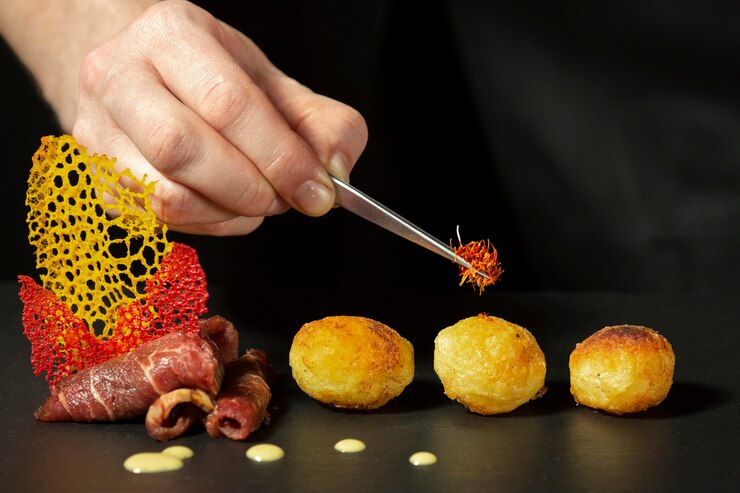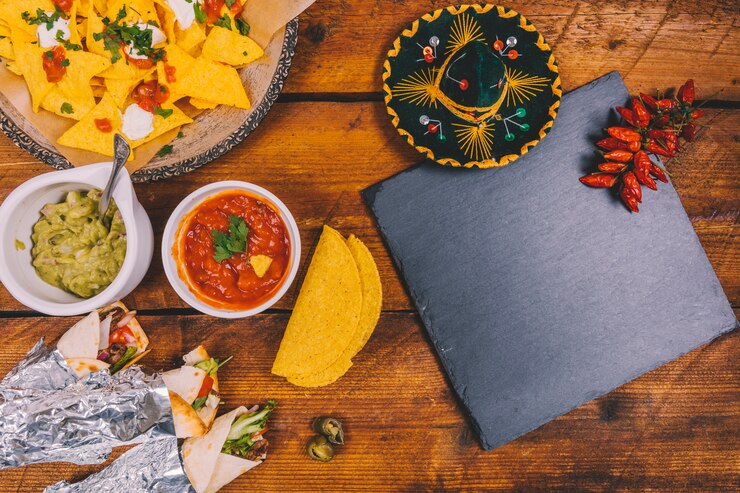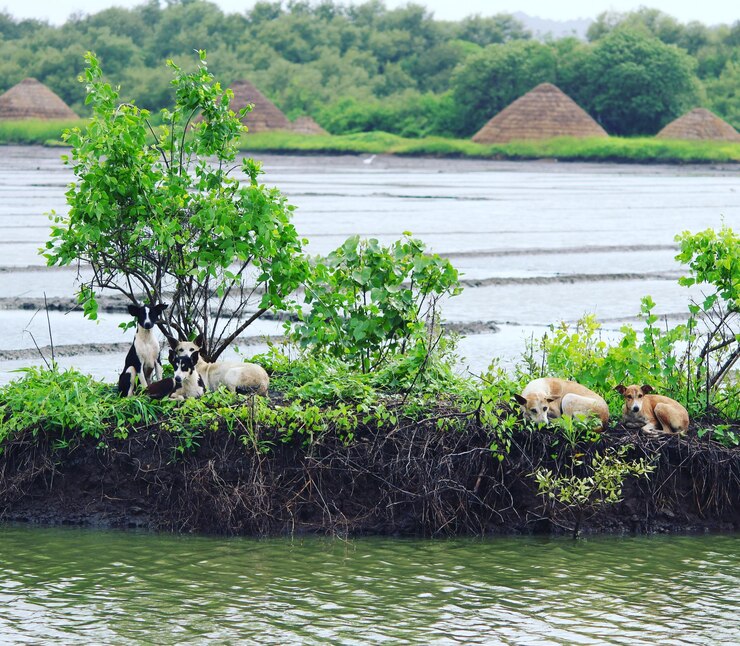Imagine stepping into a world where ancient wisdom and spiritual practices intertwine “Uncuymaza Unveiled” , creating a tapestry of profound healing and connection to nature. This is the realm of uncuymaza, an enigmatic tradition rooted in centuries of history. As we peel back the layers of this captivating practice, you’ll discover not only its origins but also the principles that guide it today. Whether you’re curious about spirituality or simply fascinated by cultural rituals, uncuymaza offers insights that resonate with many aspects of modern life. Join us on this journey as we explore the mysteries surrounding uncuymaza and uncover its significance in our contemporary world.
Origins and History of Uncuymaza
The origins of Uncuymaza trace back to the ancient civilizations of the Andes, particularly among the indigenous peoples of Peru. This practice intertwines deeply with their spiritual beliefs and connection to nature.
Historically, Uncuymaza served as a way for communities to commune with higher powers. It often involved rituals that were passed down through generations. Oral traditions played a pivotal role in preserving its teachings.
Throughout centuries, it became more than just a ritual; it evolved into a path for healing and understanding life’s mysteries. The fusion of culture and spirituality is evident in every aspect.
As colonial influences swept across South America, elements of Uncuymaza faced challenges but managed to endure. Its resilience speaks volumes about its importance within indigenous identities today. Each practice holds echoes from times long past, revealing layers of meaning waiting to be explored further.
Key Principles and Beliefs of Uncuymaza

At the heart of uncuymaza lie principles that intertwine spirituality, nature, and community. Practitioners believe in a deep connection between humans and the natural world. This bond emphasizes respect for all living beings.
Central to uncuymaza is the idea of balance. It promotes harmony within oneself and with others. Many practitioners adhere to the notion that personal growth stems from understanding one’s place in the universe.
Another key belief involves ancestral wisdom. Knowledge passed down through generations is highly valued, emphasizing tradition in everyday life. This reverence fosters a sense of identity among participants.
Additionally, healing plays a significant role in uncuymaza practices. Emotional and physical well-being are seen as interconnected aspects needing attention for holistic health. Therefore, rituals often focus on restoring this balance through various methods.
The core tenets invite individuals into self-discovery while fostering community bonds rooted in shared beliefs and experiences.
The Role of Shamans in Uncuymaza
Shamans play a pivotal role in the practice of uncuymaza. They are considered spiritual guides, bridging the physical and metaphysical worlds. Through their deep understanding of nature and spirituality, they facilitate healing and guidance for individuals seeking insight.
These practitioners often undergo rigorous training to hone their skills. This includes mastering herbal medicine, rituals, and ancient wisdom passed down through generations. Their connection to the spirit realm allows them to navigate complex emotional landscapes faced by community members.
During ceremonies, shamans invoke spirits and ancestors to provide support. They employ various tools like drums or ayahuasca brews to enhance these experiences. The atmosphere is charged with energy as participants seek clarity on personal challenges.
Through individual consultations or communal gatherings, shamans help cultivate balance within oneself and one’s environment. Their presence is integral not only for healing but also for preserving cultural heritage tied deeply into uncuymaza practices.
Rituals and Ceremonies in Uncuymaza

Rituals and ceremonies in Uncuymaza serve as a bridge between the physical world and spiritual realms. These events often take place during significant lunar phases, aligning with ancient beliefs about celestial influences.
Participants gather around sacred spaces adorned with vibrant offerings. Each item holds specific meanings, from flowers symbolizing beauty to fruits representing abundance. The atmosphere buzzes with anticipation.
Shamans lead these ceremonies, invoking spirits through chants and rhythmic drumming. Their deep connection to nature guides each ritual’s flow, creating a harmonious experience for all involved.
Ceremonies may also include dances that tell stories of ancestors or natural elements. Movements are purposeful; they channel energy and invite blessings into the lives of those present.
The culmination often involves shared meals infused with intention, fostering community bonds while honoring ancestral practices passed down through generations. It’s an immersive experience where participants feel part of something larger than themselves.
Modern Applications and Adaptations of Uncuymaza
Today, uncuymaza transcends its ancient roots. Practitioners and enthusiasts are adapting it to contemporary wellness practices.
In urban settings, workshops offer insights into the healing aspects of this tradition. Participants engage in guided sessions that emphasize meditation and mindfulness rooted in uncuymaza principles.
The rise of holistic health has also seen uncuymaza integrated into therapeutic practices. Alternative medicine practitioners utilize its rituals to enhance emotional well-being and spiritual growth.
Social media platforms have played a pivotal role too, fostering communities eager to learn about this rich heritage. Online courses share invaluable knowledge with global audiences who seek deeper connections to their spirituality.
As interest grows, more individuals embrace uncuymaza not just as a practice but as a lifestyle that promotes harmony with oneself and nature. The ancient wisdom continues evolving while retaining its essence.
Controversies Surrounding Uncuymaza
Uncuymaza has been a subject of lively debate among scholars and practitioners alike. Critics often question the authenticity of its practices, arguing that modern interpretations dilute its rich cultural heritage.
Some accuse contemporary shamans of commercializing Uncuymaza, turning sacred rituals into profit-driven experiences for tourists. This commodification raises ethical concerns about exploitation and respect for ancestral traditions.
Furthermore, there are discussions around the use of psychoactive substances in rituals. While some view these as essential to spiritual experiences, others warn against potential health risks and misuse.
Cultural appropriation is another contentious issue. Non-Indigenous individuals participating in Uncuymaza ceremonies may inadvertently disrespect the very essence of this ancient practice.
Such controversies highlight the delicate balance between preservation and adaptation within Uncuymaza. The ongoing dialogue reflects broader societal attitudes towards indigenous knowledge systems and their relevance today.
Conclusion
Uncuymaza is more than just a practice; it’s a deep connection to nature and the spiritual realm.
Its roots stretch back centuries, intertwining with ancient cultures and their beliefs. This vibrant tradition continues to inspire many today.
The role of shamans remains crucial in preserving this wisdom. Their guidance helps seekers navigate personal journeys through rituals steeped in meaning.
As modern adaptations emerge, uncuymaza invites curiosity and exploration. Its essence resonates across diverse communities, bridging past and present.
While controversies arise around its interpretations, the core values endure. Authenticity and respect are paramount for those who engage with this sacred practice.
Embracing uncuymaza opens doors to understanding oneself better while honoring traditions that have shaped human experience for generations.
FAQs
What is Uncuymaza?
Uncuymaza is an ancient spiritual practice originating from the Andes, primarily associated with indigenous cultures. It encompasses healing rituals and a deep connection to nature.
Where did Uncuymaza originate?
The roots of Uncuymaza trace back to the Andean civilizations, where it was practiced by various groups. Its history reflects a blend of traditional beliefs and practices passed down through generations.
What are the key principles of Uncuymaza?
Key principles include harmony with nature, respect for ancestral wisdom, and the belief in interconnectedness among all beings. These elements guide practitioners in their pursuit of balance and healing.
How do shamans fit into Uncuymaza?
Shamans play a crucial role as healers and spiritual guides within Uncuymaza. They conduct rituals, offer guidance to individuals seeking help, and act as intermediaries between the physical world and spiritual realms.
What types of rituals are involved in Uncuymaza?
Rituals can vary widely but often include ceremonies involving plant medicines, offerings to Pachamama (Mother Earth), music, dance, and communal gatherings designed to foster connection among participants.
Is there a modern application for Uncuymaza today?
Yes! Many people today find solace in its teachings as they seek holistic health solutions or navigate personal challenges. Some have adapted these ancient practices into contemporary wellness frameworks while respecting traditional methods.
Are there controversies related to Uncuymaza?
Yes. Some debates center around cultural appropriation when non-indigenous individuals engage with these practices without understanding their significance or context. This has raised concerns about authenticity versus commercialization.
Curious minds may continue exploring this captivating subject beyond what’s shared here; it’s rich territory that resonates deeply across time.

